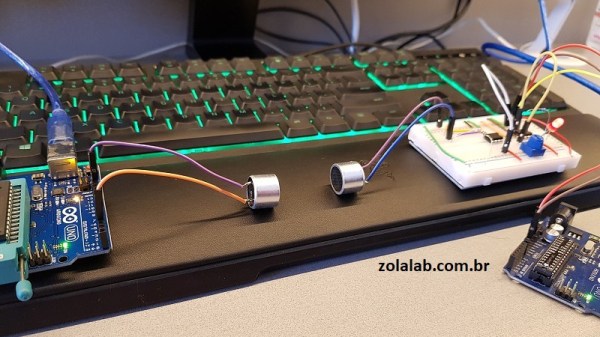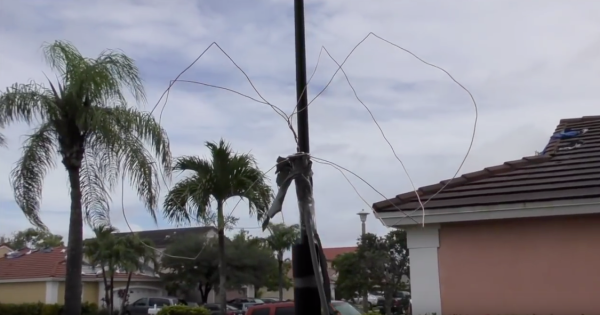If you’ve done anything with a modern Linux system — including most variants for the Raspberry Pi — you probably know about sudo. This typically allows an authorized user to elevate themselves to superuser status to do things.
However, there is a problem. If you have sudo access, you can do anything — at least, anything the sudoers file allows you to do. But what about extremely critical operations? We’ve all seen the movies where launching the nuclear missile requires two keys counter-rotated at the same time and third firing key. Is there an equivalent for Linux systems?
It isn’t exactly a counter-rotating key, but the sudo_pair project — a prelease open-source project from Square — gives you something similar. The project is a plugin for sudo that allows you to have another user authorize a sudo request. Not only do they authorize it, but they get to see what is happening, and even abort it if something bad is happening.















